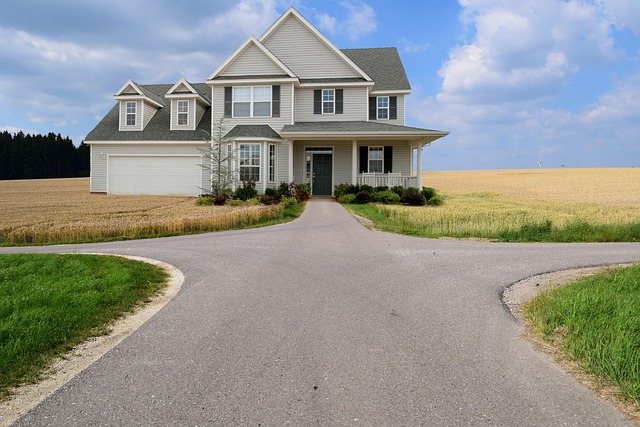In Phoenix, rapid population growth has increased demand for affordable housing, especially among young professionals, students, and low-income families. The real estate sector is addressing this issue with innovative solutions like shared living, apartments, and condos to create an inclusive environment. Exploring diverse neighborhoods offers a mix of suburban tranquility and urban vibrancy, influenced by amenities, schools, and transportation. Creative solutions like modular homes and revitalized properties further enhance the varied housing landscape. Local governments and non-profits provide resources such as down payment assistance and workshops, while exploring varied neighborhoods can uncover lower property values due to proximity to highways or commercial zones.
In the vibrant landscape of metropolitan Phoenix, affordable housing is a crucial topic gaining significant attention. With a booming economy and thriving real estate market, understanding the demand for budget-friendly homes is essential. This article delves into the ever-evolving real estate trends near Phoenix, offering insights on neighborhoods where affordable living is still attainable. We guide readers through available resources, helping them navigate options to find their ideal, cost-effective home in this bustling metropolis.
Understanding the Demand for Affordable Housing in Metropolitan Phoenix

In metropolitan Phoenix, the demand for affordable housing is a pressing issue that cannot be overlooked in the vibrant real estate landscape. The area has experienced significant population growth over the past decade, attracting folks from across the nation due to its thriving economy and desirable lifestyle. This influx has put a spotlight on the need for accessible and budget-friendly living options, especially among young professionals, students, and families with limited financial resources. Many residents struggle to find housing that aligns with their income levels, leading to a shortage of affordable units in the market.
The real estate sector plays a pivotal role in addressing this challenge. Developers and investors have an opportunity to contribute to the solution by focusing on building and revitalizing properties tailored to the needs of these underserved communities. By offering a range of housing choices, from shared living spaces to more traditional apartments and condos, there is potential to create a diverse and inclusive real estate environment that benefits all segments of Phoenix’s population.
Exploring Neighborhoods and Real Estate Trends Near Phoenix

When exploring affordable housing near metropolitan Phoenix, delving into the diverse neighborhoods and real estate trends is crucial. Each area offers a unique blend of living experiences, from quiet suburban communities to bustling urban hubs. Real estate agents and locals alike underscore the importance of considering factors like proximity to amenities, schools, and transportation networks when making decisions.
Navigating these trends requires an understanding of the market’s dynamics. According to recent studies, certain neighborhoods are experiencing a surge in property values due to their proximity to Phoenix’s thriving business districts. Conversely, other areas offer more budget-friendly options with growing community engagement initiatives. In terms of real estate, folks are finding innovative solutions, such as modular homes and revitalized historic properties, which contribute to the city’s diverse housing landscape.
Navigating Resources and Options to Find Budget-Friendly Homes

Navigating the vast array of real estate options in and around Phoenix can be a daunting task, especially for those seeking affordable housing. Fortunately, there are numerous resources available to help residents and prospective buyers find budget-friendly homes. Local governments and non-profit organizations often collaborate to offer programs that cater to low-to-moderate income families, providing financial assistance and guidance throughout the homeownership journey.
These initiatives may include down payment assistance programs, first-time buyer workshops, and tax incentives designed to make owning a home more accessible. Additionally, exploring diverse neighborhoods can unveil hidden gems—areas with lower property values due to factors like proximity to highways or commercial zones. By leveraging these strategies, individuals and families can navigate the real estate market more effectively, securing a place to call home without breaking the bank.






